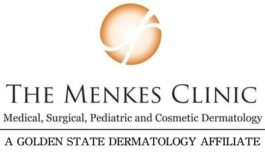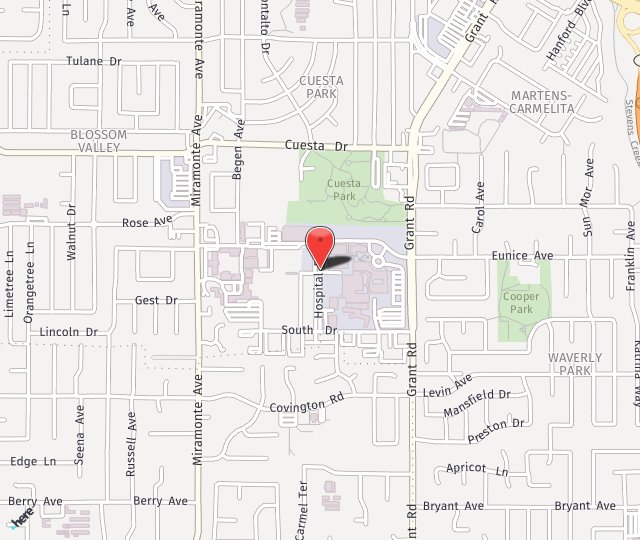Acrochordons. Now that’s a word we rarely see, and most of us don’t know how to pronounce.
Your dermatologist does, though. That’s because acrochordons, soft fibromas, or fibroepithelial polyps, are small, benign skin growths. We know them as skin tags.
What are skin tags?
Skin tags are what they sound like: little “tags” (like the kind on clothing) that stick out from the skin. They’re the same color as your skin, but they’re attached just by a thin strand or stalk, instead of lying flat like moles. They’re in the category of benign skin growths, and generally don’t grow or change color or shape.
They usually show up where skin rubs on skin, or against clothing or other items (like jewelry), for prolonged periods of time. But it’s also not unusual for them to appear on your torso or back.
Most common places for skin tags to appear:
- Underneath breasts
- Eyelids
- Groin
- Neck creases
- Underarms
If you’re overweight, pregnant or have loose skin, you probably have more skin rubbing on skin, so you could be more likely to develop skin tags. You’re also more likely to develop them if you have diabetes or any issues related to metabolic syndrome (like unhealthy blood pressure or blood sugar levels). Some people don’t fit any of those categories but may have a genetic predisposition.
Even if none of those apply to you, everyone develops skin tags as we age.
How To Safely Remove Them
If you start researching skin tags, chances are that ads for how to remove them will start to appear on your phone or computer. Despite those claims of “fast,” “easy” and “safe,” doctors don’t recommend at-home or over-the-counter solutions to remove skin tags.
“We know they’re annoying,” says Caroline Tan, MD of The Menkes Clinic, A Golden State Dermatology Affiliate. “But don’t believe the promises about how easy and safe it is to remove skin tags yourself. The skin can function like an early warning system, so a skin tag may be a sign of something else. That’s why we recommend starting with a visit to your dermatologist. We can perform a full diagnosis and then treat them here, in our offices. It will still be quick, but more effective and safer.”
Risks from at-home removal include infections, scarring, excessive bleeding or worst of all, missing a diagnosis.
Dermatologists have a range of safe options for skin tag removal:
- Freezing with liquid nitrogen (cryotherapy)
- Burning with electricity (cautery)
- Cutting with sterile scissors
Usually, patients experience minor discomfort. Depending on the size of the tag or if the amount, the doctor may choose to use local anesthesia. In some cases, surgical excision may be needed, and in others, the skin tag may be sent for analysis.
“Skin tags can be completely benign and certainly are part of everyone’s life at some point,” says Dr. Tan. “If you don’t like how they look, or they’re bothering you – or even if you just want to make sure they’re benign – come in and talk to us.”
Sources:
https://www.aad.org/public/diseases/a-z/skin-tags
https://www.medicalnewstoday.com/articles/321641#home-remedies
https://newsnetwork.mayoclinic.org/discussion/mayo-clinic-q-and-a-what-are-skin-tags/

